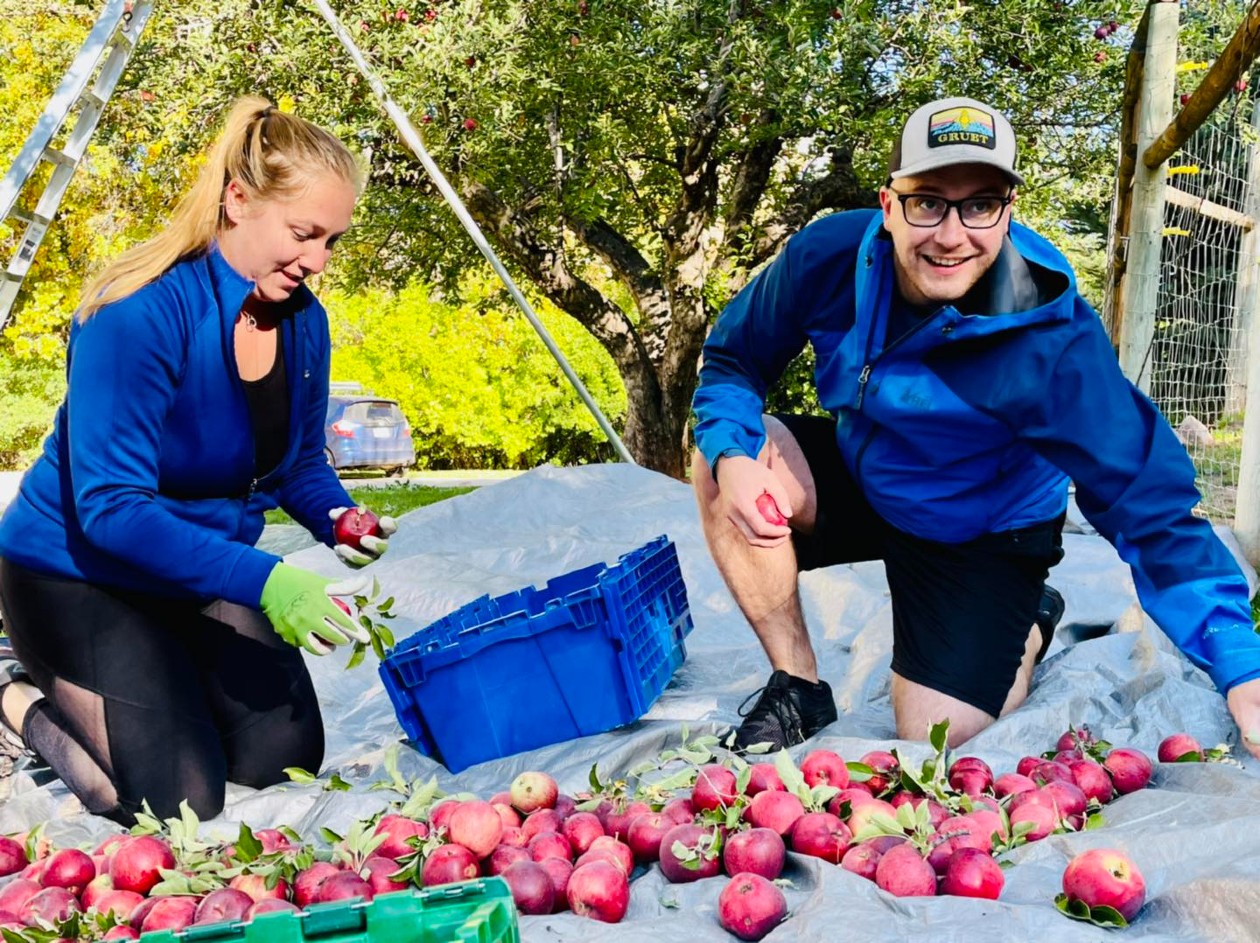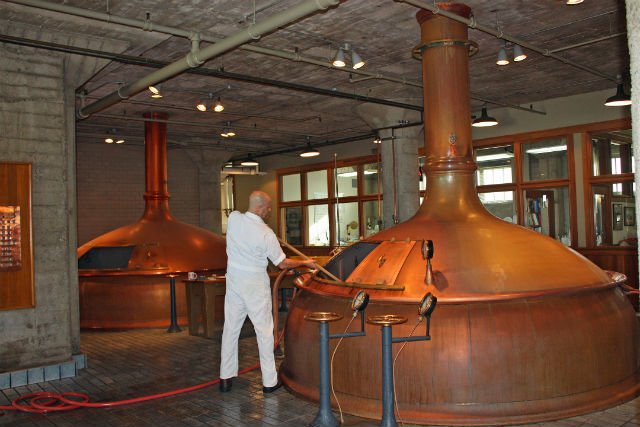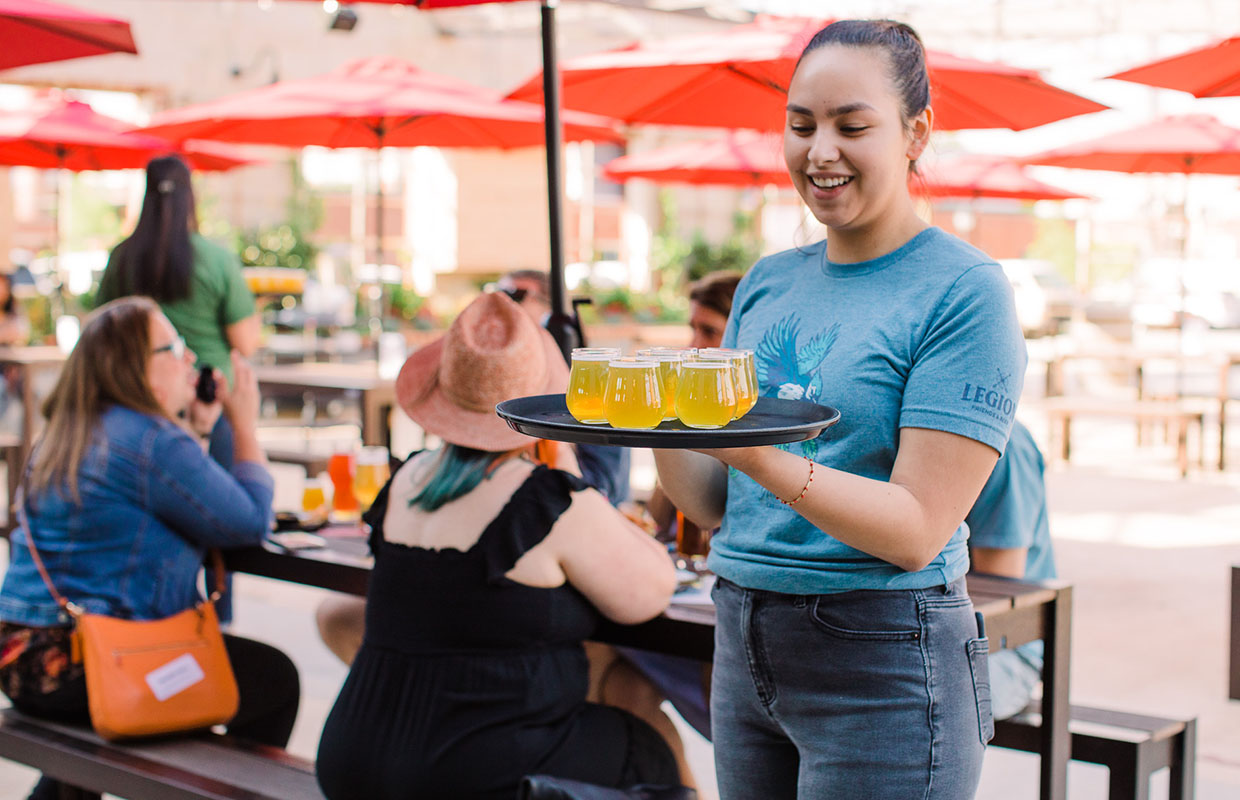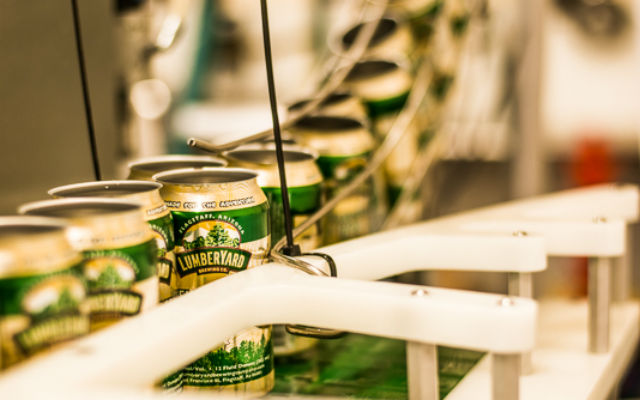
Provided you’re not a taproom-only cidery, how do you get your cider to shops, restaurants and bars?
Some cideries find their relationships with their distributors to be indispensable, while others are perfectly comfortable handling their distribution themselves.
How do you decide what works best for you?
Farming it Out
Clarksburg Cider is located in New York, where self-distribution is legal, but it chose to sign with a distributor.
Head cidermaker Eddie Graves, along with CEO Michael Robb, told Brewer that based on the volume that the Lancaster, New York cidery expected to produce, getting a partner to help move product was its best approach even as it launched the company in 2021.
One of the major chain off-premise accounts in the Buffalo, New York area informed Clarksburg what they would need as a self-distribution model, which helped set the tone.
With an eye on growth, Graves said the choice made itself.
”This included delivery to individual stores, versus a hub that would send it to different accounts,” Graves said. “And we would be required to merchandise and maintain these accounts. This would have required us to have multiple drivers and vehicles.
”That being said, it made sense to partner with a distributor who could do all those things for us.”
Deciding how to distribute can come down to volume amounts more than need or want, Graves added.
Hand-picking Your Retailers
EsoTerra Ciderworks hand picks both its apples and its retail partners.
General Manager Elizabeth Philbrick told Brewer the Dolores, Colorado cidery only sells its product over the tasting room counter at its two taprooms in the area or to a limited number of higher-end retail outlets.
The cider’s cost factored into their distribution method and their hand-picked approach. Retailers that carry their products include resorts and restaurants that have a clientele that will not balk at a higher-priced cider in the 750mL bottle.
“We need people who will take the time to explain that this [cider] is going to be a different product than they are accustomed to,” she said. “And that has been extraordinarily helpful for us.
“If we’ve got a 750mL bottle at $20, sitting next to a six-pack at $7 and there’s no one there to explain what the difference is, it’s harder to sell our products that way, and we don’t want our products sitting on the shelves, we want our product being served.
“We take great pride in the quality of our product, which means we need to take great pride in the people who sell our product.”
The on-premise sales help trigger repeat customers through direct-to-consumer shipping. It helps keep EsoTerra’s distribution territory small while increasing sales nationwide, Philbrick said.
“Higher-quality” third parties do a better job of explaining the nuance of their product, she added, giving EsoTerra added incentive to select its own retailers, giving the example of one local restaurant that it trusts to sell its cider.
“Every single one of their staff is trained in the art of explaining why this is more expensive? Why is it poured in a smaller pour? Why is it different? Because we personally deliver every single time we see their staff,” she said.




Be the first to comment